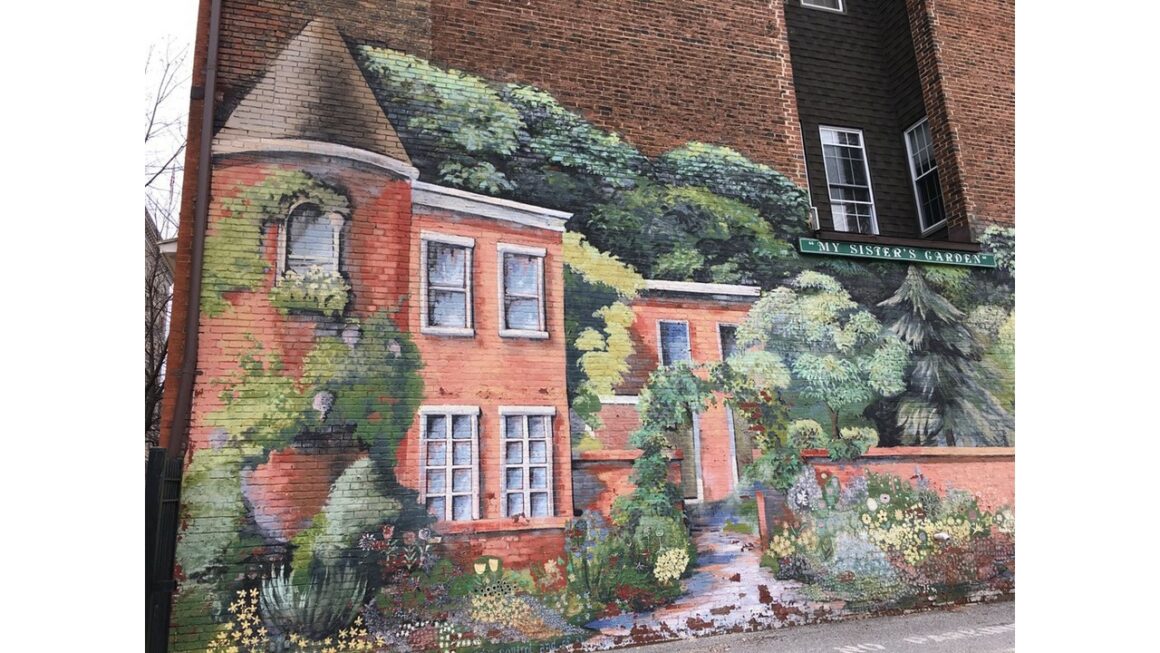As an expressive aspect of our cultural landscape, murals encourage people to take a minute, or several, to pause and take in their surroundings. We live in a society that idolizes hustle culture and staying busy, leading us to neglect taking time to just be. This has led many of us to stop prioritizing the importance of immersing ourselves in art and leaving time for self-expression.
While there are tons of art museums around the globe filled with priceless work, how many people will never step foot in one in their life? Art isn’t supposed to have barriers; it should be accessible to everyone. Public murals perfectly exemplify this concept. Murals create the space for people to explore creativity and expression, and absorb new ideas, perspectives, and messages.
One of the most powerful aspects of a mural is its ability to transform a community, building or environment. As colors fill wall and streets, murals bring beauty to bland spaces that otherwise go unnoticed, bring joy and happiness to folks passing by. Some cities have even created a cohesive public art and mural tour around different neighborhoods to showcase the mural installations.
In addition to the visual transformation seen with the final product, there is behind the scenes community collaboration and conversation. Creating a mural often comes with the need for funding which may come from a local government organization or non-profit organization. By working together to create a shared vision, murals act as a catalyst for important community conversations. The uniqueness and vibrancy of murals attracts positive attention and brings individuality to businesses, establishments, and communities, which benefit the economy.
Through creating the opportunity to expand our thoughts about the world and allowing the space for simply enjoying life with no expectations, murals are one of the best ways to bring new life to a community or otherwise drab building. They foster conversation about what possibilities the future may hold and encourage positive community culture and pride.
Below is an example of a mural’s transformative power of space, in Aurora, Illinois.

Written by Ellie Plisko

